There’s always an element of risk in adapting a beloved book. For every film that manages to please its preexisting fan base (the Lord of the Rings trilogy), there’s one that doesn’t (The Golden Compass). There are no elves or talking polar bears in Donna Tartt’s The Goldfinch—far from it—but what it does have is a Pulitzer Prize, months on the New York Times best seller list, and legions of avid readers waiting to see whether Warner Bros.’ film adaptation, out in North America on September 13, does its source material justice.
One of those avid readers is John Crowley, who in 2016 was coming off quite the good year. His fifth feature, Brooklyn, had been nominated for three Oscars—including Best Picture—and was named Best British Film at the BAFTAs. It was a solid indie hit for Fox Searchlight, earning $38.3 million despite never cracking the 1,000-screen barrier. “After I made Brooklyn, I had a meeting at Warners, and they were asking me if there was anything that they were developing that might be of interest to me. And the only thing was The Goldfinch,” he says. “I auditioned like hell for it. Banging on the doors saying, ‘You have to let me have a shot at convincing you why I am the best person to direct it!’
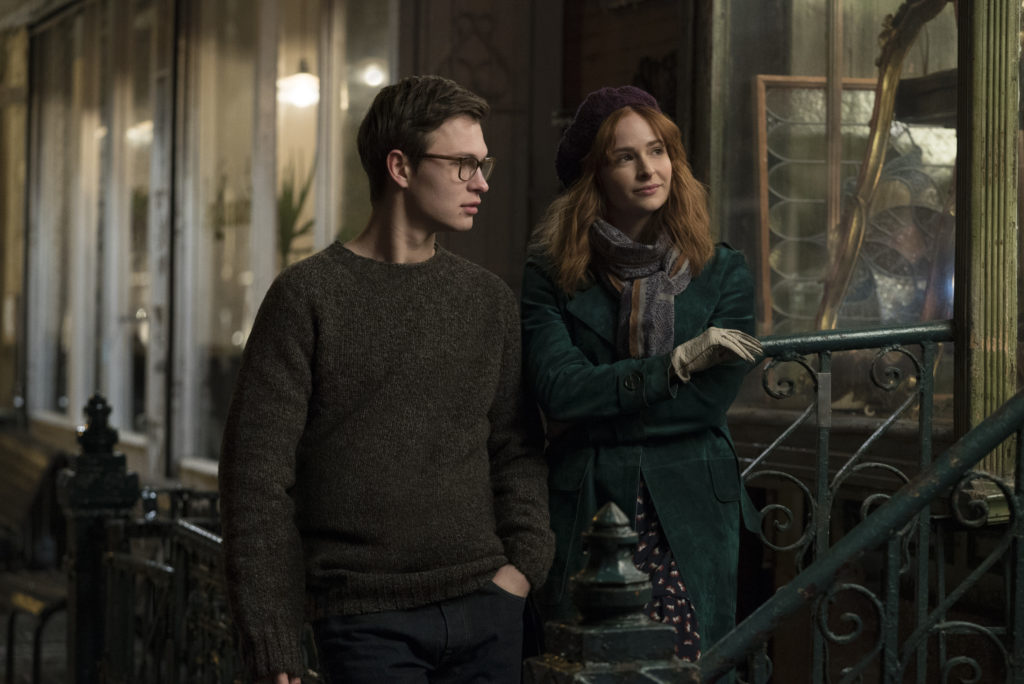
“I had a very strong emotional reaction to the core of the story and a very clear sense of what the film should feel like,” the director continues. “It was very clear what was original about Donna’s message about culture and about story and her very original way of examining grief and love and loss and redemption.” By mid-2016, Warner Bros. was sold on Crowley’s vision, and the word was out—the Brooklyn director would helm Peter Straughan’s (Frank, “Wolf Hall”) script of The Goldfinch, about a boy whose mother is killed in a terrorist attack and who subsequently gets involved in the world of antiques forgery. A talented cast subsequently took shape, including Nicole Kidman, Jeffrey Wright, Sarah Paulson, Luke Wilson, Denis O’Hare, Finn Wolfhard (“Stranger Things”), Aneurin Barnard (Dunkirk), and Ansel Elgort in the lead role of Theo Decker, with Oakes Fegley (Pete’s Dragon) as the younger Theo.
Coming in at slightly under 800 pages, Tartt’s The Goldfinch is, in Crowley’s words, something like “Dickensian novel. … You’re moving through a young man’s whole life.” Naturally, things would have to be cut. The question for Crowley and Straughan was “what kind of piece of cinema is it going to be, as opposed to just an adaptation.”
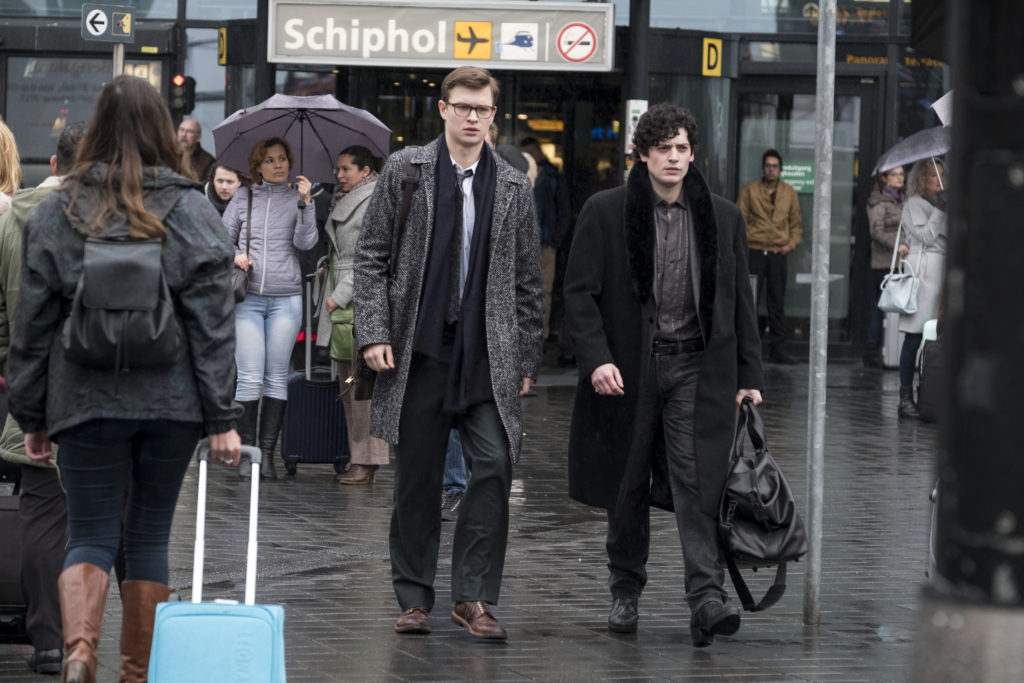
The solution was in intercutting between two periods of Theo’s life—one, when he’s a 14-year-old boy who’s lost his mother and subsequently finds himself shunted between different caretakers; and two, when he’s “a young man at a point when the events that have trapped him are going to rattle apart, and he’s either going to fall apart or have to rescue himself. That cutting back creates a more dreamlike reality.” Whereas Tartt’s novel is told in a linear fashion, the film version of The Goldfinch jumps back and forth between the two time lines, in Crowley’s words allowing “the whole thing to take on a cinematic personality.”
In part, Crowley explains, The Goldfinch is a film about “doubleness and pairs—everything that happens in the first half has its equal and opposite in the second half. Sometimes somebody is in the same position. Sometimes they’re the exact opposite.” The two versions of the characters inform each other, adding depth to the overall story. The character of Mrs. Barbour, played by Nicole Kidman, is “probably the clearest indication” of this, says Crowley. As the matriarch of the family that initially takes Theo in after the death of his mother, she is “cold and emotionally withdrawn in the first section. Then, in the second section, you realize that her ‘perfect family’ was actually crumbling all along. … In the second half, when adult Theo comes back and meets her, she’s all emotion, because life has snapped her in two.”
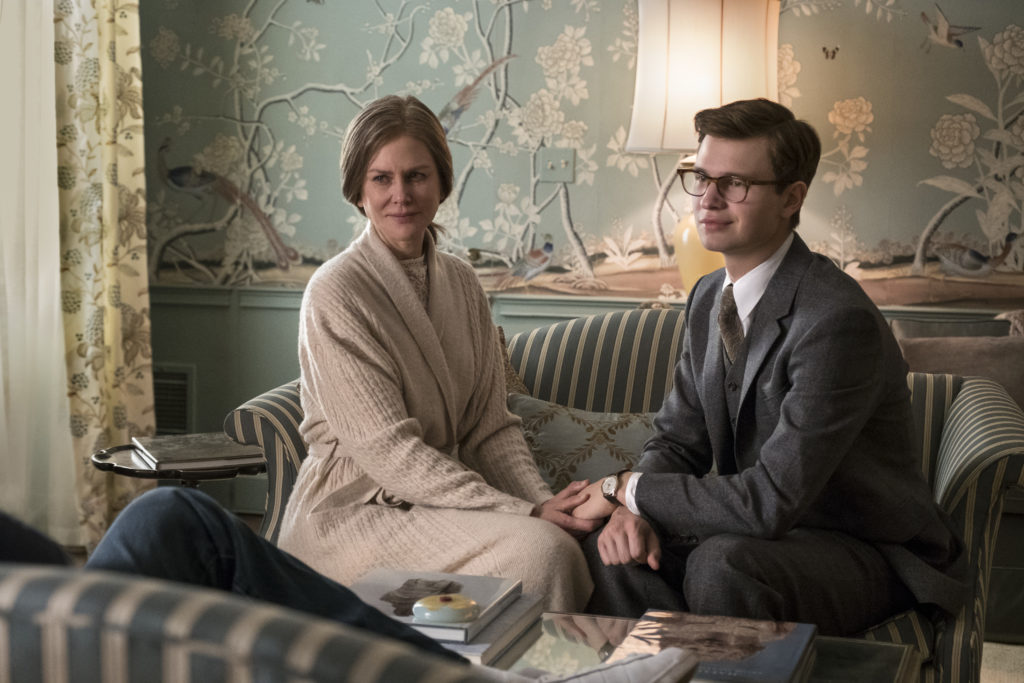
As someone who’s often been labeled “cold” by the public—and whose resurgence over the last several years has reminded people who may have forgotten what an exceptional actress she is—Kidman was a casting coup for this particular character. “The quality of work that she’s been doing over the last four or five years is just thrilling,” Crowley says. “I loved working with her. She’s so exciting on set, because she’s so hungry to keep digging further into a scene from take to take. She’s happy to be challenged by tricky material.”
Elgort, too, “dug inside” for a role that “pushed him well out of his comfort zone in a way that he was happy to do,” Crowley explains. In films like Baby Driver, The Fault in Our Stars, and the Divergent series, Elgort has heretofore mostly exuded some variation of a “hip teen” image—but here, it feels like he’s blossoming into an entirely different, more mature actor. “It’s much more emotional, tricky material,” says Crowley. “Right from his earlier performances—he’s a film star! He can hold a screen. A fascinating thing about him is that he also can be at times held in to [the point of being] almost illegible, and then [become] quite emotional. And that’s what you need for adult Theo.”
Not an actor on the film—but all the same a person who had an enormous impact on it—is legendary director of photography Roger Deakins, whose extensive filmography includes No Country for Old Men, Skyfall, The Shawshank Redemption, and Blade Runner 2049, the latter of which netted him his first Best Achievement in Cinematography Oscar after 13 nominations. About five months after he’d been brought on board, Crowley recalls, “obviously I asked about Roger. … I didn’t quite believe it” when he was told Deakins was interested in meeting.
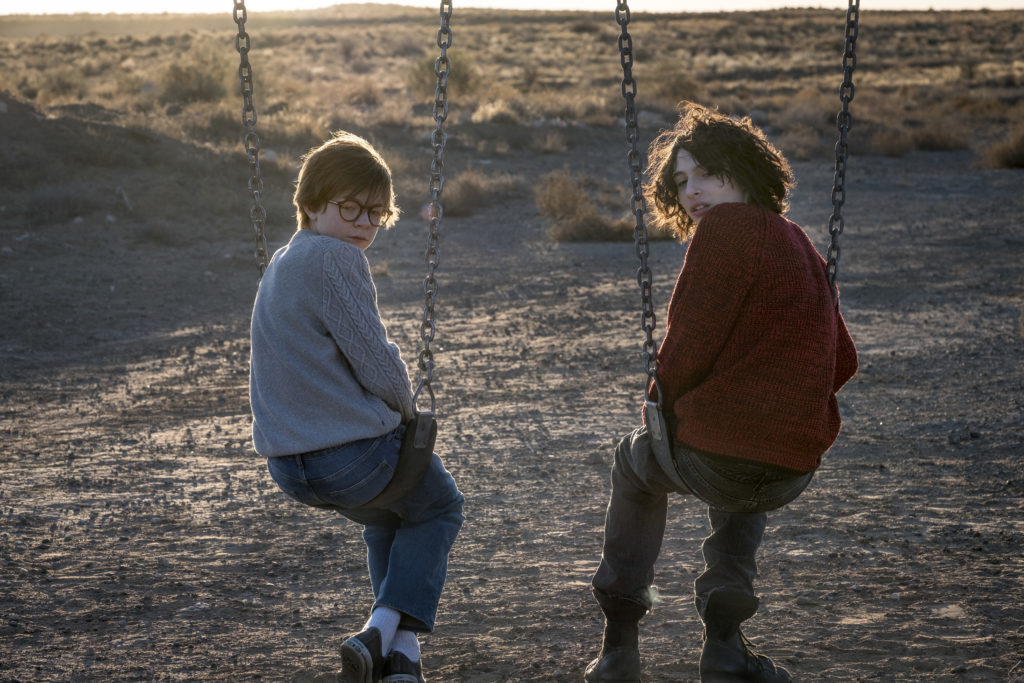
“What can I say? He has given so much to the film. I adored working with him from top to bottom. He has an amazing eye and is a practical craftsman. He works so hard. But he’s all about character and story,” Crowley says. Crowley, Deakins, and production designer and regular Spike Jonze collaborator K.K. Barrett worked together to craft the overall visual style of The Goldfinch, which required several distinct looks, all tied to different parts of Theo’s journey.
“You start out with a set of ideas, or an approach, about the vividness and the distinction between the worlds within the story,” Crowley says. The Barbours’ Upper East Side apartment has a “chilly quality,” whereas Theo’s next stop—the antiques shop run by Hobie (Jeffrey Wright), who teaches the boy the trade that eventually leads to his life of crime—is characterized by “warm clutter.” From there, Theo lands with his estranged father (Luke Wilson) and his new girlfriend (Sarah Paulson), who live on the outskirts of Las Vegas in a desolate subdivision where most of the houses have been foreclosed on and the desert sand is slowly taking back the streets. Says Crowley, “I wanted nothing in that house to look older than those kids”—referring to Theo and his only friend, Boris (first Finn Wolfhard of “Stranger Things,” later Aneurin Barnard). “The whole section is, in a way, almost like a parody of a family story. The parents are never around. [The kids are] hanging out in a playground, but there’s nothing to do other than get stoned and drunk, basically. The swimming pool never has water in it. … We nudged ourselves towards a beige, dusty, washed-up quality to everything.” Even the bright blue, cloudless skies, Crowley explains, had to be shot so that they were “in no way beautiful.” The action hops overseas to Amsterdam—darkness offset by splashes of color—where more handheld shooting echoes the “lack of stability” in Theo’s life at that point.
“I’ve never talked more to a D.P.,” says Crowley of his collaboration with Deakins. “We went through the script day-in, day-out, scene by scene together in enormous detail. The essence of it is really trying to understand the story from the inside out. Really big, fundamental things come down to very simple decisions. That’s the emotional toll and quality of the film that you’re making, and the point of view. So you begin to problem-solve in that way, and that’s how we developed the [visual] vocabulary [of the film].”
All that said—Crowley would really, really rather you see The Goldfinch on the big screen. “The independent [film landscape] is suffering a lot” in the current moviemaking landscape, he opines, and “it’s really rare and brave of Warner Bros. and Amazon [Studios] to make this as a theatrical film, because it’s just not the kind of stuff that studios are running to nowadays. Let’s face it.”
“The Goldfinch was made for the big screen, which is maybe a perverse thing to do nowadays, rather than keeping one eye to ‘I wonder what this would look like on an iPhone?,’” he says with a chuckle. “But I don’t want to think that way. And certainly Roger doesn’t think that way, and K.K. We’re all enamored of the experience of what it feels like to watch a film on a big screen. It’s a different emotional quality. … I think there’s enormous integrity in making a big feature of this story”—which, Crowley admits, with its many characters and sprawling plotline, is exactly the sort of thing that one could easily see as a peak TV, 10-hour miniseries. “I think that’s missing the point, missing the experience that you get when you see something on the big screen.”

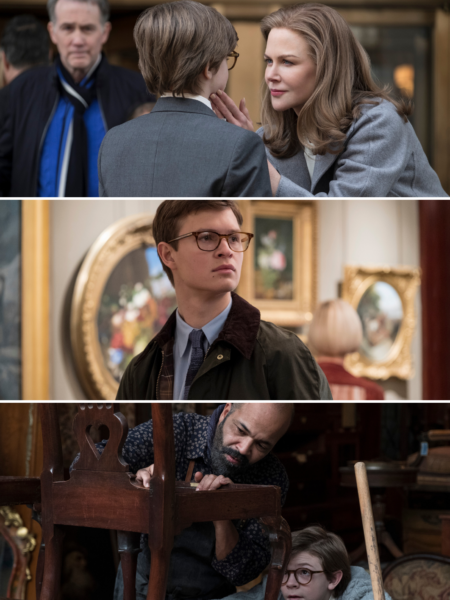

Share this post